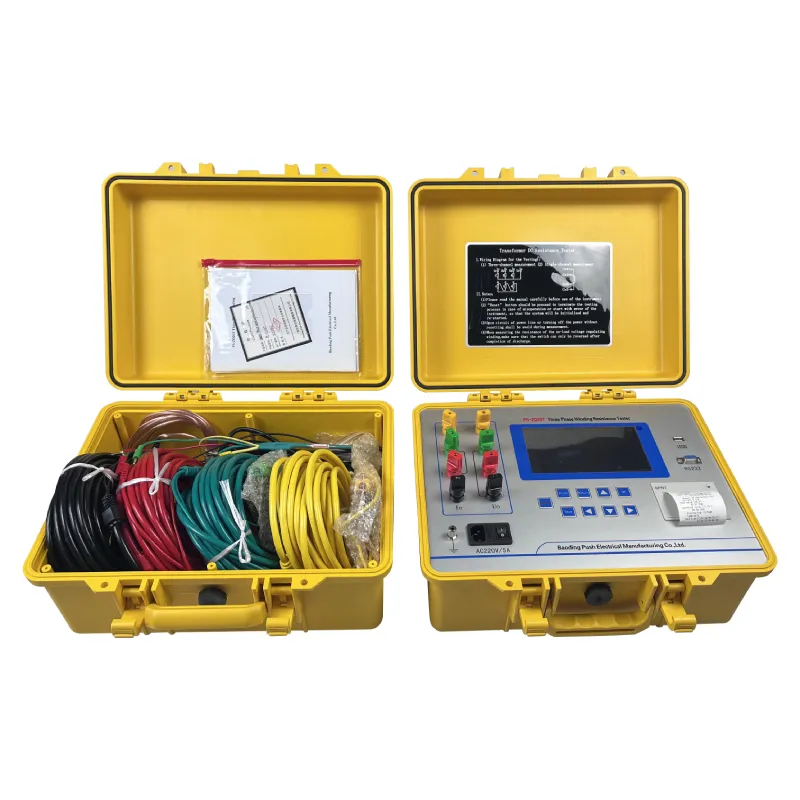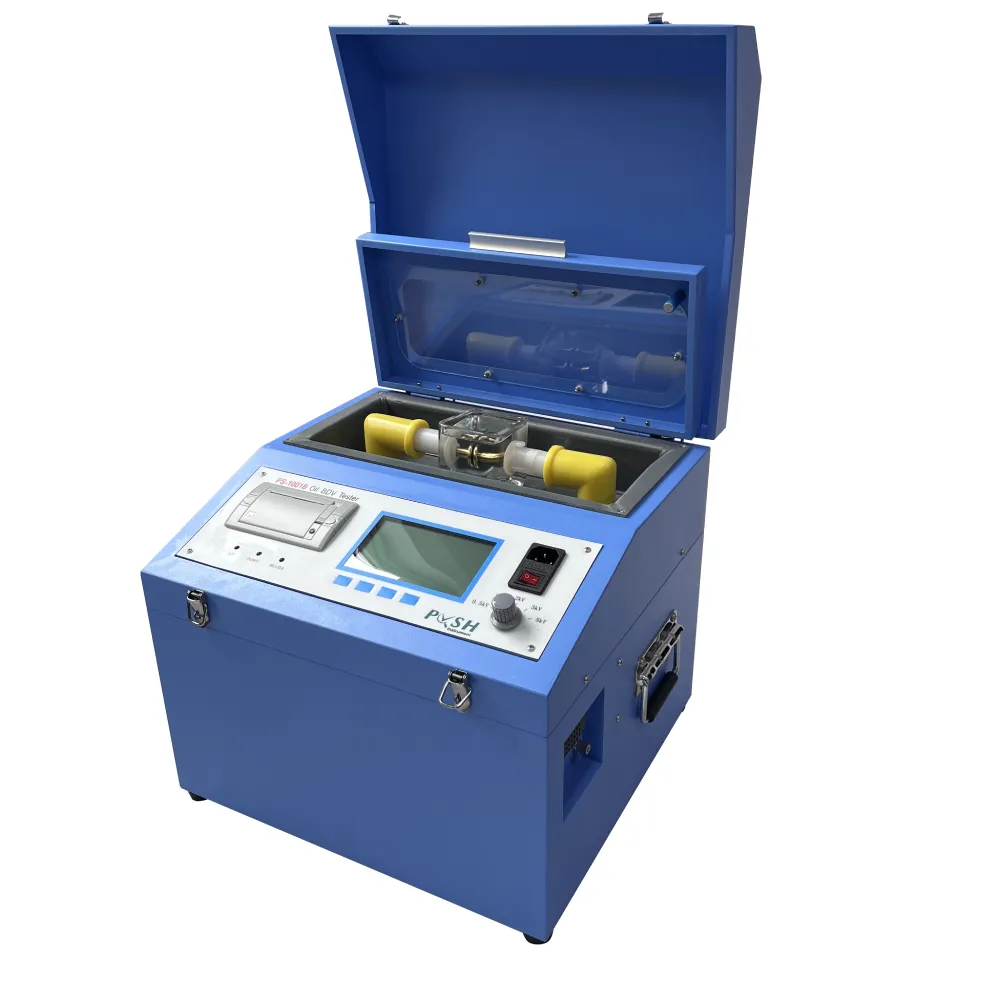TEL:
+86-0312-3189593
 English
English

Telephone:0312-3189593

Email:sales@oil-tester.com

-
 Afrikaans
Afrikaans -
 Albanian
Albanian -
 Amharic
Amharic -
 Arabic
Arabic -
 Armenian
Armenian -
 Azerbaijani
Azerbaijani -
 Basque
Basque -
 Belarusian
Belarusian -
 Bengali
Bengali -
 Bosnian
Bosnian -
 Bulgarian
Bulgarian -
 Catalan
Catalan -
 Cebuano
Cebuano -
 China
China -
 China (Taiwan)
China (Taiwan) -
 Corsican
Corsican -
 Croatian
Croatian -
 Czech
Czech -
 Danish
Danish -
 Dutch
Dutch -
 English
English -
 Esperanto
Esperanto -
 Estonian
Estonian -
 Finnish
Finnish -
 French
French -
 Frisian
Frisian -
 Galician
Galician -
 Georgian
Georgian -
 German
German -
 Greek
Greek -
 Gujarati
Gujarati -
 Haitian Creole
Haitian Creole -
 hausa
hausa -
 hawaiian
hawaiian -
 Hebrew
Hebrew -
 Hindi
Hindi -
 Miao
Miao -
 Hungarian
Hungarian -
 Icelandic
Icelandic -
 igbo
igbo -
 Indonesian
Indonesian -
 irish
irish -
 Italian
Italian -
 Japanese
Japanese -
 Javanese
Javanese -
 Kannada
Kannada -
 kazakh
kazakh -
 Khmer
Khmer -
 Rwandese
Rwandese -
 Korean
Korean -
 Kurdish
Kurdish -
 Kyrgyz
Kyrgyz -
 Lao
Lao -
 Latin
Latin -
 Latvian
Latvian -
 Lithuanian
Lithuanian -
 Luxembourgish
Luxembourgish -
 Macedonian
Macedonian -
 Malgashi
Malgashi -
 Malay
Malay -
 Malayalam
Malayalam -
 Maltese
Maltese -
 Maori
Maori -
 Marathi
Marathi -
 Mongolian
Mongolian -
 Myanmar
Myanmar -
 Nepali
Nepali -
 Norwegian
Norwegian -
 Norwegian
Norwegian -
 Occitan
Occitan -
 Pashto
Pashto -
 Persian
Persian -
 Polish
Polish -
 Portuguese
Portuguese -
 Punjabi
Punjabi -
 Romanian
Romanian -
 Russian
Russian -
 Samoan
Samoan -
 Scottish Gaelic
Scottish Gaelic -
 Serbian
Serbian -
 Sesotho
Sesotho -
 Shona
Shona -
 Sindhi
Sindhi -
 Sinhala
Sinhala -
 Slovak
Slovak -
 Slovenian
Slovenian -
 Somali
Somali -
 Spanish
Spanish -
 Sundanese
Sundanese -
 Swahili
Swahili -
 Swedish
Swedish -
 Tagalog
Tagalog -
 Tajik
Tajik -
 Tamil
Tamil -
 Tatar
Tatar -
 Telugu
Telugu -
 Thai
Thai -
 Turkish
Turkish -
 Turkmen
Turkmen -
 Ukrainian
Ukrainian -
 Urdu
Urdu -
 Uighur
Uighur -
 Uzbek
Uzbek -
 Vietnamese
Vietnamese -
 Welsh
Welsh -
 Bantu
Bantu -
 Yiddish
Yiddish -
 Yoruba
Yoruba -
 Zulu
Zulu
Maw . 07, 2025 01:27
Back to list
short circuit impedance of transformer
Short circuit impedance of a transformer is a critical factor in the performance and reliability of these essential electrical devices. By defining the percentage of impedance that restricts the fault current during a short circuit, this parameter plays a crucial role in system protection, voltage regulation, and overall operational efficiency. Understanding short circuit impedance is fundamental for engineers and those involved in specifying and maintaining transformers.
The importance of short circuit impedance extends to its effect on transformer size and design. Generally, transformers with higher impedance are bulkier and may require more extensive cooling systems to manage the heat dissipation associated with circulating currents. Understanding these design implications helps in making informed choices that align with operational requirements and budget constraints. Real-world experience underscores the importance of collaborating with reputable transformer manufacturers who can provide precise data and guidance regarding short circuit impedance. The expertise of seasoned engineers is invaluable in interpreting this data and making adjustments tailored to specific applications. Trustworthy manufacturers often conduct detailed testing and simulations that predict how their designs will behave under various fault conditions, thus ensuring reliability and safety. Anecdotal evidence from the field highlights instances where inappropriate short circuit impedance specifications led to equipment failure and costly downtime. In one case, an industrial plant faced significant operational disruptions due to underestimating the impedance requirements, which resulted in excessive fault currents that damaged sensitive machinery. This underscores the necessity of not only relying on manufacturers' specifications but also engaging in thorough system analysis and employing experienced professionals in the transformer specification process. Ensuring the correct short circuit impedance is integral to long-term transformer performance. It requires a balance of technical understanding, field experience, and collaboration with industry experts. This commitment to quality and precision not only shields the electrical infrastructure from potential harms but also enhances operational reliability, fulfilling the stringent demands of modern electrical systems.


The importance of short circuit impedance extends to its effect on transformer size and design. Generally, transformers with higher impedance are bulkier and may require more extensive cooling systems to manage the heat dissipation associated with circulating currents. Understanding these design implications helps in making informed choices that align with operational requirements and budget constraints. Real-world experience underscores the importance of collaborating with reputable transformer manufacturers who can provide precise data and guidance regarding short circuit impedance. The expertise of seasoned engineers is invaluable in interpreting this data and making adjustments tailored to specific applications. Trustworthy manufacturers often conduct detailed testing and simulations that predict how their designs will behave under various fault conditions, thus ensuring reliability and safety. Anecdotal evidence from the field highlights instances where inappropriate short circuit impedance specifications led to equipment failure and costly downtime. In one case, an industrial plant faced significant operational disruptions due to underestimating the impedance requirements, which resulted in excessive fault currents that damaged sensitive machinery. This underscores the necessity of not only relying on manufacturers' specifications but also engaging in thorough system analysis and employing experienced professionals in the transformer specification process. Ensuring the correct short circuit impedance is integral to long-term transformer performance. It requires a balance of technical understanding, field experience, and collaboration with industry experts. This commitment to quality and precision not only shields the electrical infrastructure from potential harms but also enhances operational reliability, fulfilling the stringent demands of modern electrical systems.
Previous:
Latest news
-
Testing Equipment Industry Sees Major Advancements in 2025: Smart & Precision Technologies Lead the WayNewsJun.06,2025
-
Applications of Direct Current Generators in Renewable Energy SystemsNewsJun.05,2025
-
Hipot Tester Calibration and Accuracy GuidelinesNewsJun.05,2025
-
Digital Circuit Breaker Analyzer Features and BenefitsNewsJun.05,2025
-
Benefits of Real-Time Power Quality Monitoring Devices for Industrial EfficiencyNewsJun.05,2025
-
Earth Fault Loop Testing in High-Rise Building Electrical SystemsNewsJun.05,2025



